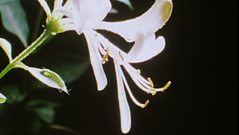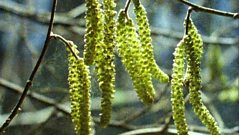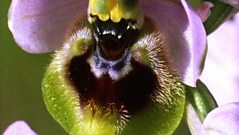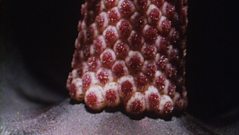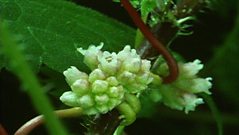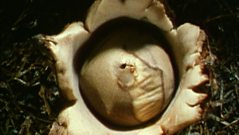
Hay fever and pollen
Hay fever - it's just pollen in the wind.
The English summer fills the landscape with lovely flowers and tall grasses, but it comes at a price - hay fever. The source of swollen eyes, runny noses and uncontrollable sneezing is in the air all around us, pollen grains. No bigger than specks of dust, pollen is astonishingly varied, complex in shape and each species of plant has its own characteristic pattern. Pollen grains can tumble out of the stamens of the grass's tiny flowers in their millions. As these grains are released the wind carries them away, their proper destination, is not the human nose, it is the stigmas of other grass plants. When a pollen grain, carried by the wind, happens to land on one of these feathery traps, fertilisation takes place and seeds can be produced, which will then grow into a new grass plant. Distributing pollen in this way may appear a wasteful and extremely inefficient method, but the fact remains that grasses are extraordinarily successful and they have spread to every continent on earth. In Nepal, the tallest of all the grasses grow. At 20 feet tall, human beings and even rhinos could be moving around in such mammoth meadows and still be totally concealed.
Duration:
This clip is from
Featured in...
![]()
大象传媒 Nature
Be captivated, informed and inspired by the world's wildlife.
More clips from Flowering
-
![]()
Drink through a straw
Duration: 01:08
-
![]()
Catkins and flowers
Duration: 02:24
-
![]()
Wasp flowers
Duration: 02:58
-
![]()
Pollinating prisoners
Duration: 04:00
More clips from The Private Life of Plants
-
![]()
Vampire plant
Duration: 03:39
-
![]()
Planting flowers—Travelling
Duration: 01:05
-
![]()
Super stars—Travelling
Duration: 01:23
-
![]()
Photosynthesis at work—Growing
Duration: 03:04


